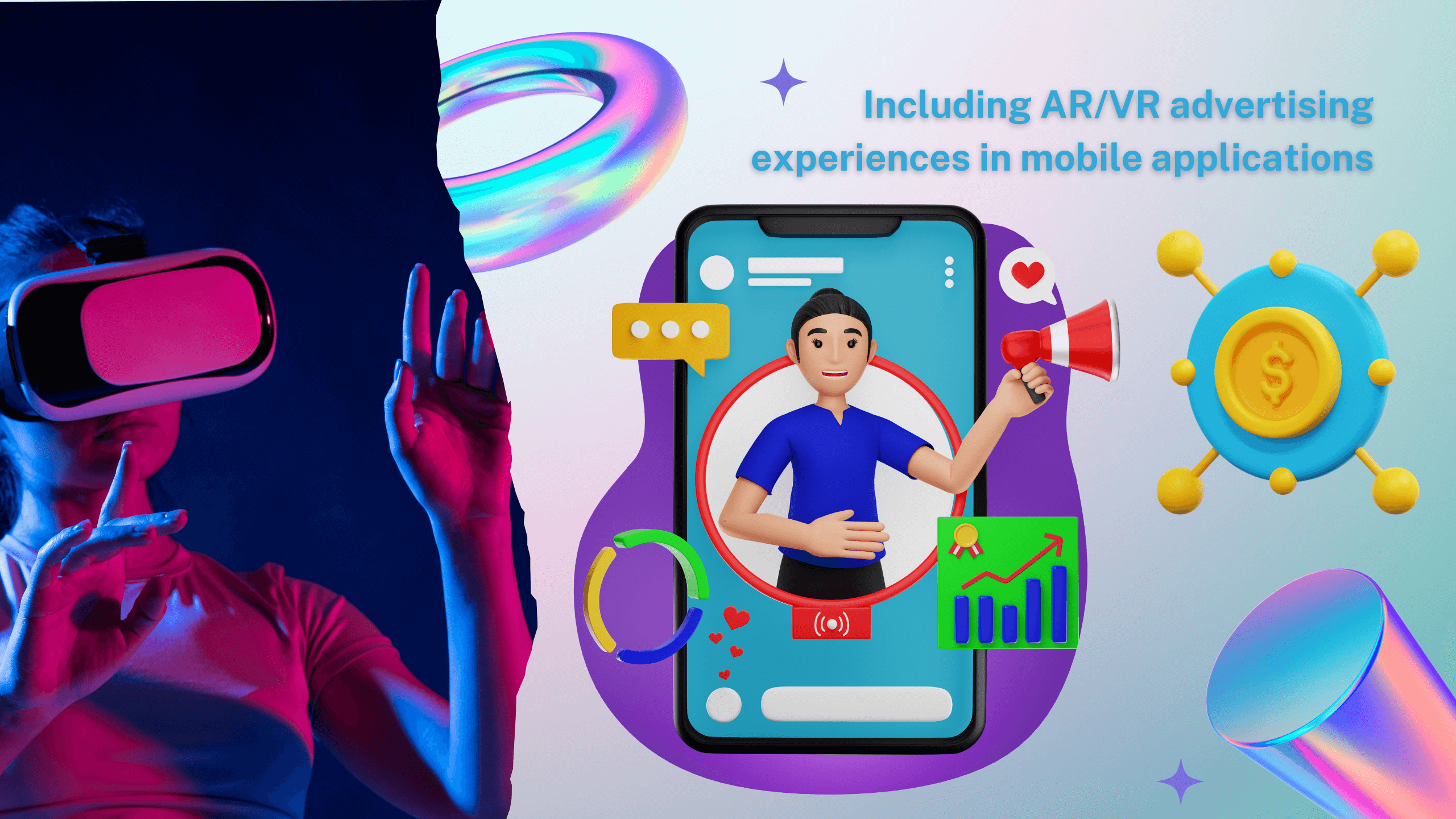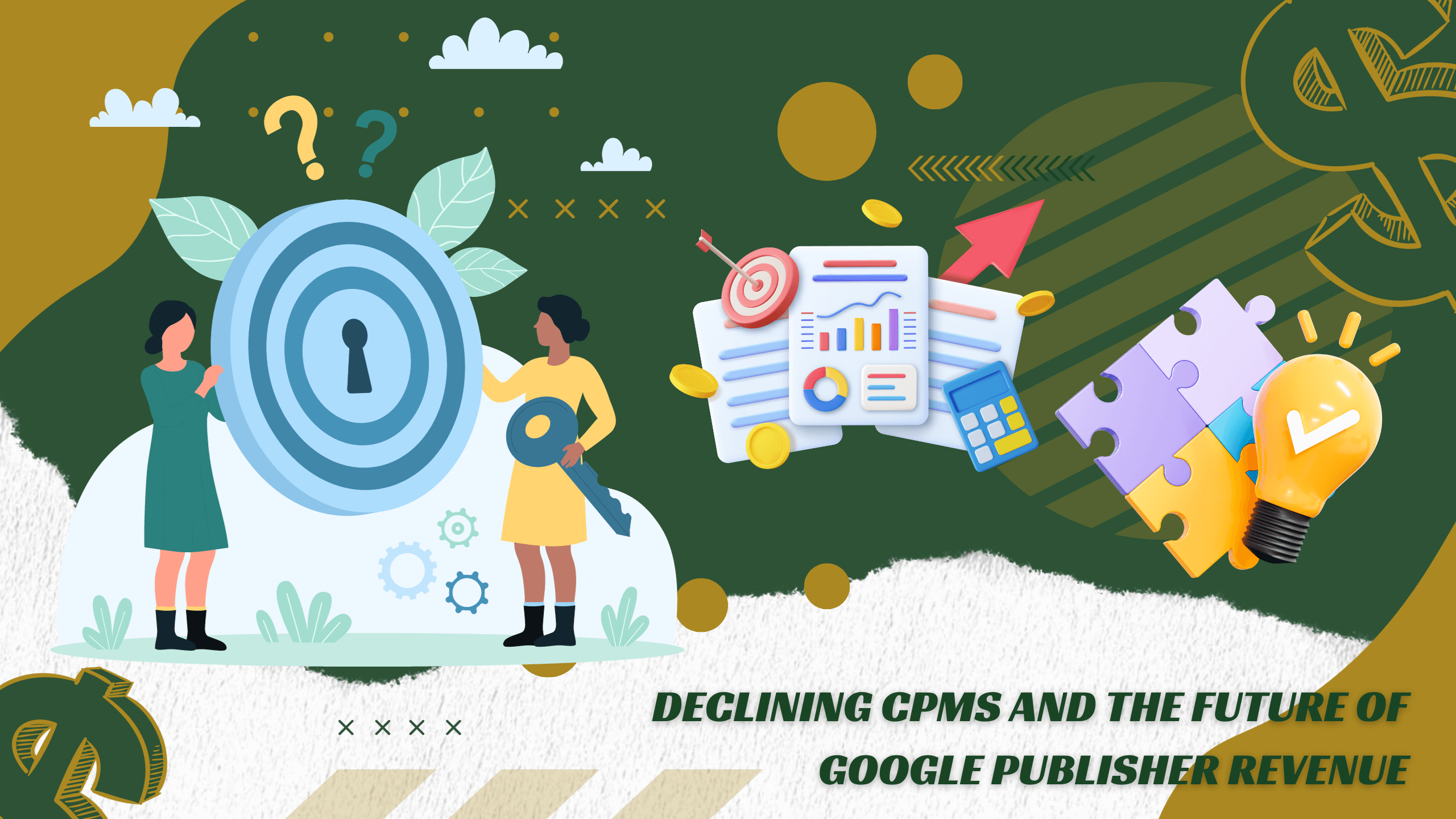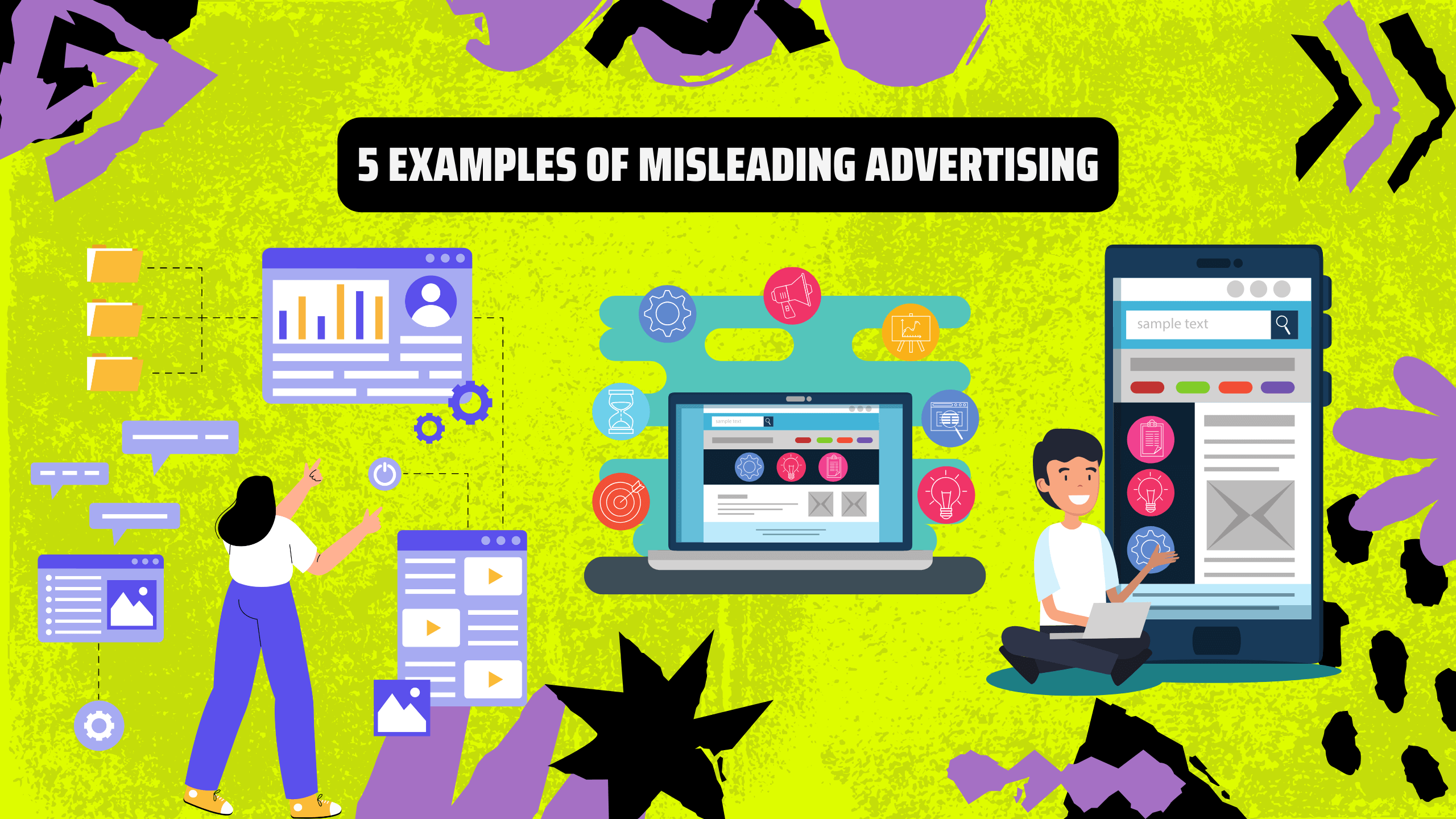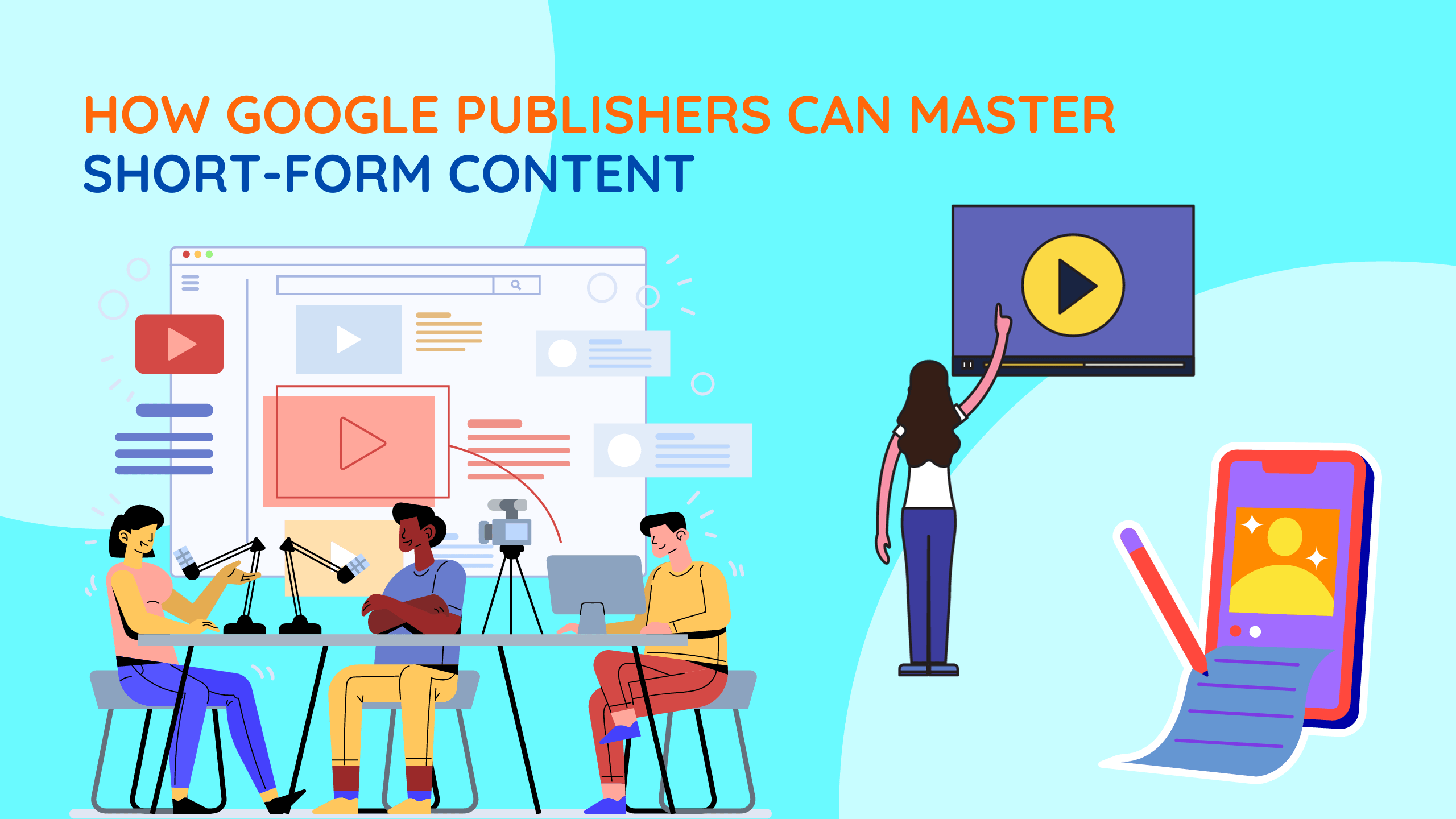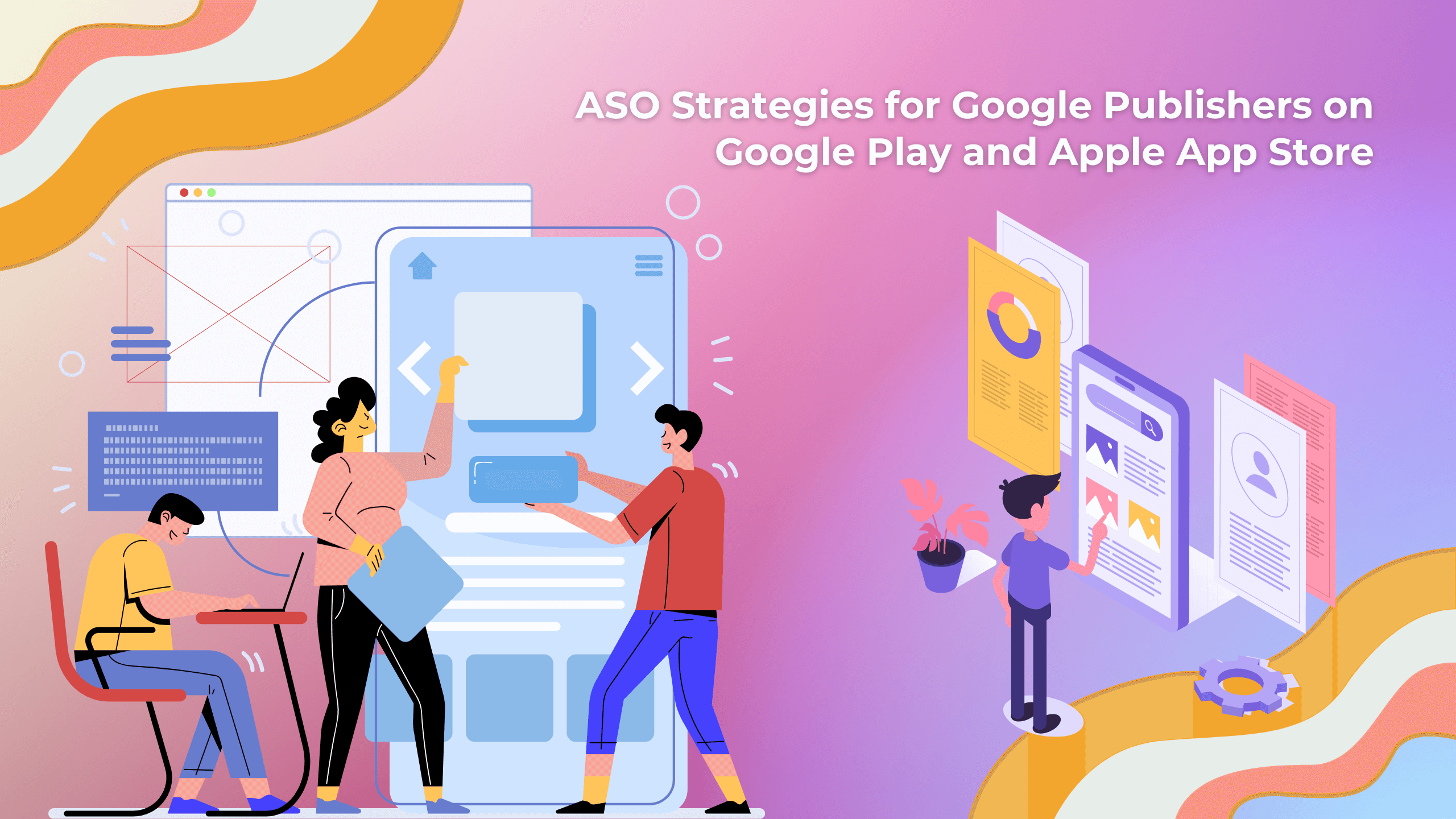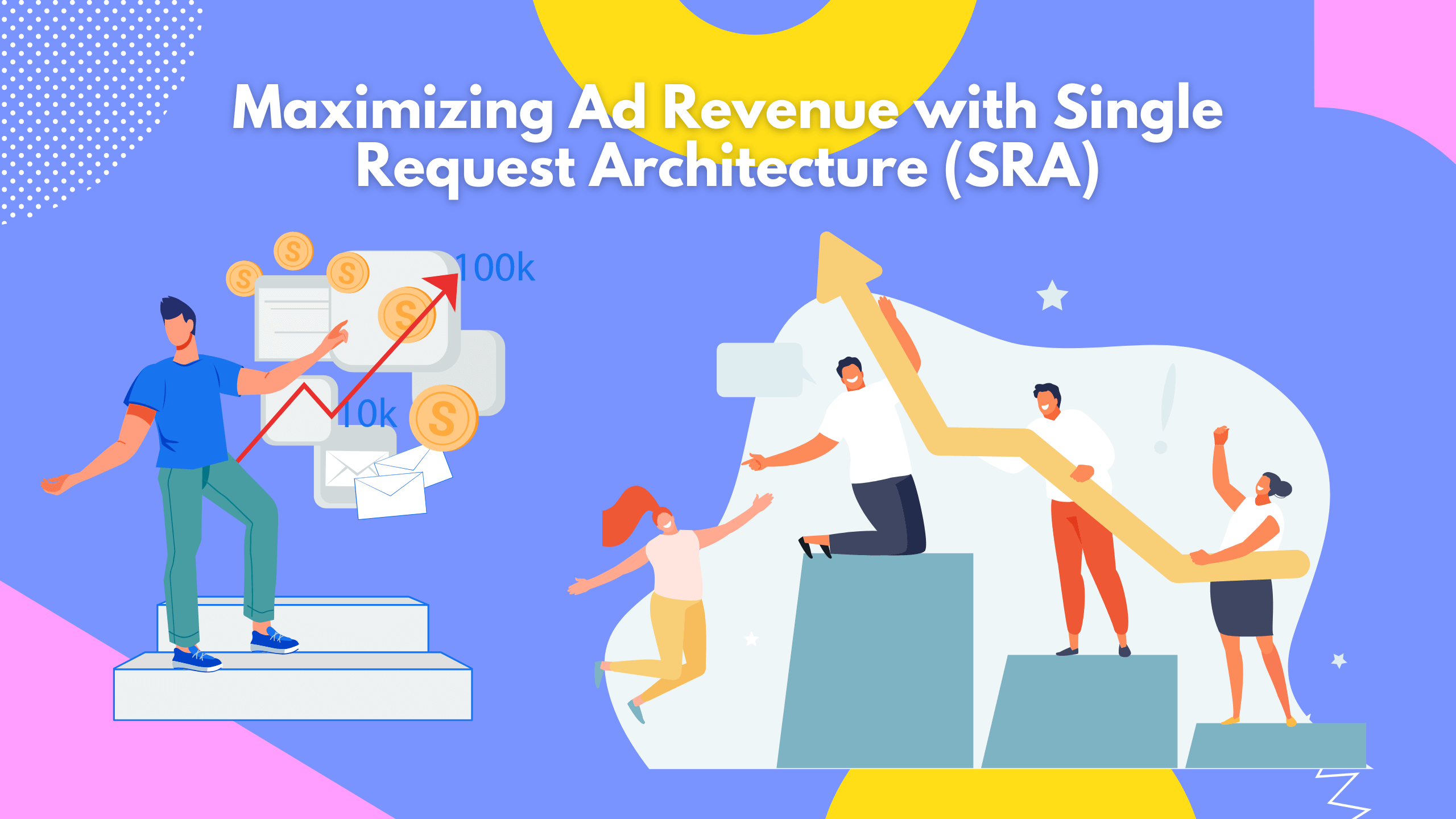For Google Publishers, grabbing and holding users’ attention is essential in the cutthroat world of mobile today. AR and VR are becoming more and more potent tools for engaging audiences and achieving desired outcomes, as consumers want more immersive and interactive experiences.
What is AR/VR?
The capacity to develop interactive and immersive augmented reality advertising campaigns that boost sales and profit growth has made augmented reality (AR) and virtual reality (VR) powerful tools for marketers and advertisers.
Why AR/VR Ads?
AR/VR advertisements provide some benefits over conventional mobile ad forms:
– Enhanced Interaction: Users are more inclined to interact with captivating AR/VR content, which raises click-through and conversion rates.
– Brand Recall: Brand awareness and recall are enhanced by immersive AR/VR experiences that leave a lasting impression.
– Improved Product Visualization: augmented reality advertisements give consumers the option to “try on” or experience things in person, which increases their propensity to make a purchase.
– Distinctive Storytelling: Virtual reality advertisements allow marketers to craft interactive stories that engross viewers and develop stronger emotional bonds.
– Data & Insights: By offering useful data and insights into user behaviour, AR/VR advertisements facilitate more successful campaign optimization.
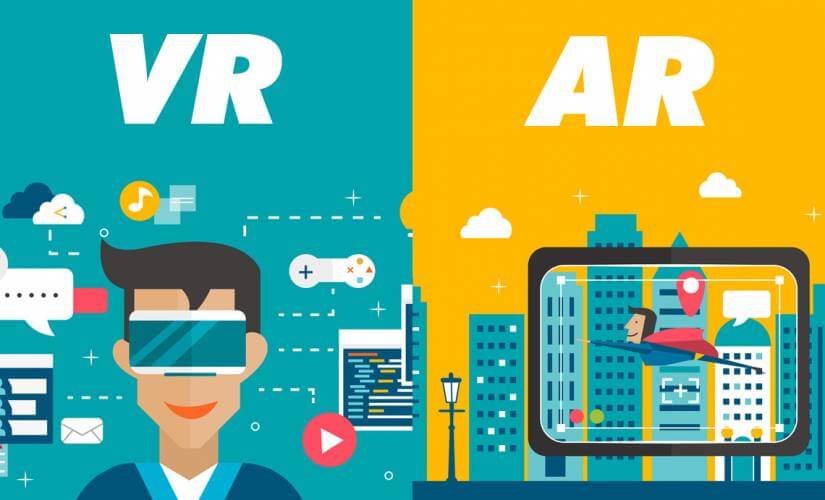
Types of AR/VR Ads for Mobile Apps:
- Marker-based AR: Triggered by scanning specific markers, these ads overlay digital elements onto the real world, allowing users to interact with products or learn more about a brand.
- Location-based AR: Leverage a user’s location data to deliver relevant ads, such as highlighting nearby restaurants or showcasing local attractions.
- Image-recognition AR: Analyze images and videos within the app to trigger relevant AR experiences, like displaying product information or offering virtual try-on features.
- WebVR Ads: Accessible through mobile web browsers, these ads offer immersive 360° experiences without requiring specialized headsets.
Implementation Considerations:
- Specify Your Objectives:
In the dynamic realm of AR/VR advertising, precision in setting campaign objectives is paramount. By meticulously defining goals and identifying the target demographic, you establish the groundwork for creative excellence. Understanding audience preferences enables the strategic selection of impactful formats, be it immersive storytelling, interactive experiences, or product demonstrations. Aligning objectives with audience needs ensures resonance that transcends the virtual realm, enhancing the overall effectiveness of your AR/VR campaigns.
- Make Mobile-Friendly Adjustments:
Ensuring your AR/VR experiences seamlessly integrate into the mobile landscape demands a holistic approach. Beyond visual appeal, prioritize mobile-friendly adjustments encompassing user interface, performance, and loading time. Crafting an experience that effortlessly adapts to diverse devices enhances accessibility. This adaptability, in turn, fosters user engagement. Navigating the intricacies of mobile integration ensures that your AR/VR content is not only visually compelling but also functionally impeccable, catering to the on-the-go nature of today’s audiences.
- Give the User Experience Top Priority:
Elevating the user experience in AR/VR extends beyond functionality. It requires a dedicated commitment to providing value and entertainment. Prioritize user-friendly, easy-to-navigate, and inherently engaging experiences. Placing the user at the forefront not only captures attention but also cultivates a positive perception, fostering prolonged engagement and establishing a lasting connection between the user and your brand.
- Make Use of Analytics and Data:
The analytical journey within AR/VR campaigns propels continuous refinement. Harness insights to elevate strategies, fine-tune targeting, track results meticulously, and hone overall tactics. Utilize data-driven decision-making to ensure each campaign iteration is a strategic leap forward. Embrace the iterative nature of data utilization to optimize your presence in the immersive world of AR/VR advertising.
Using Google’s Technologies to Their Full Potential for Successful AR/VR Ads:
Google offers a range of materials and technologies designed to enable publishers to run successful AR/VR advertising campaigns:
– ARCore: A free way to make it easier for app developers to create compelling augmented reality experiences, Google’s ARCore AR development platform is a vital resource.

– Poly: A vast collection of 3D models and assets, Poly is a priceless tool for developers who want to add eye-catching visual components to their AR/VR projects.
– WebVR API: With the WebVR API, developers can craft VR experiences seamlessly compatible with various web browsers on mobile devices, ensuring widespread accessibility for users.
– Google VR180 Creator Lab: Publishers can leverage the Google VR180 Creator Lab, which equips them with resources and tools essential for crafting immersive VR experiences that captivate audiences.
– Google Developers Site: For in-depth guidance, the Google Developers Site serves as a go-to hub, offering comprehensive documentation and guides. It provides publishers with the knowledge needed to develop AR/VR apps and seamlessly integrate them into mobile advertising campaigns.
AR/VR Advertising: Case Studies in Success
AR and VR are revolutionizing the way consumers interact with brands and products. Google Publishers stands poised to harness this potential by implementing innovative ad experiences that engage users and drive conversions. Let’s explore three successful case studies to understand how AR/VR can transform advertising:
IKEA Place:
This AR app allows users to virtually place IKEA furniture in their homes, leading to a significant increase in conversion rates.
Online furniture sales have increased by 150% as consumers feel more comfortable making purchases of furniture that will match their spaces. Decreased product returns since fewer undesired goods result from accurate visualization. And last, consumers value IKEA’s creative approach to retail.
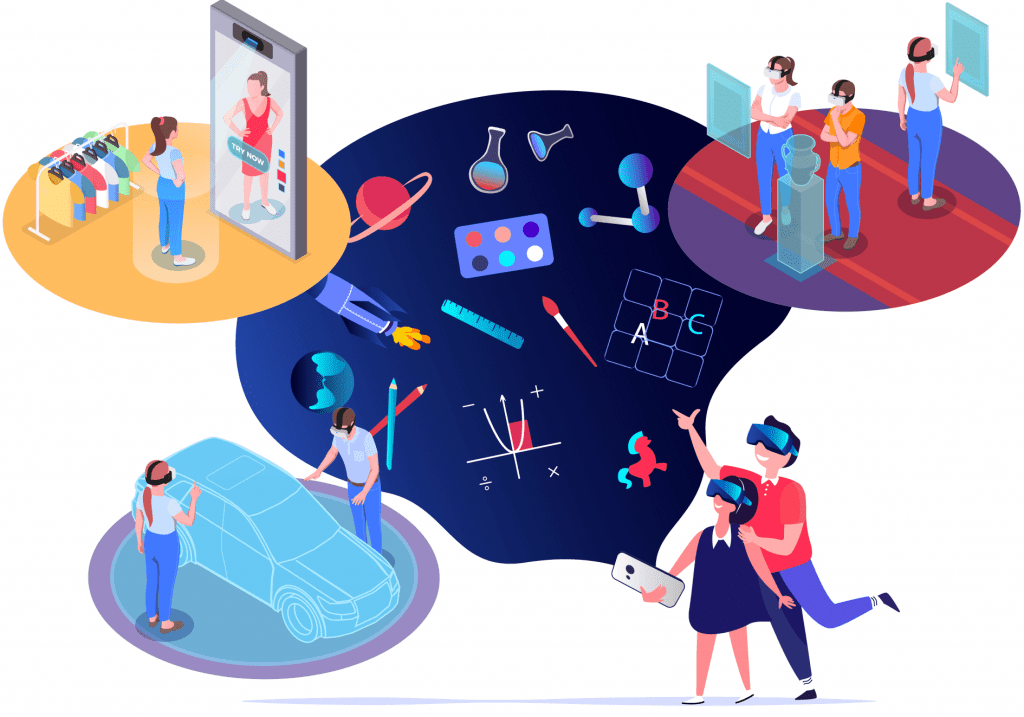
Sephora Virtual Artist:
This VR app allows users to virtually try on makeup, resulting in a 25% increase in sales of featured products. Enhanced consumer interaction: Following their use of the VR feature, users stay on the Sephora app longer. Decreased product returns: As a result of customers’ informed choices, fewer makeup products are returned.
BMW VR Experience:
This immersive VR app allows users to virtually explore 360° views of new car models, leading to a 15% increase in test drive requests. Increased buy intent hence users who utilize virtual reality to see themselves as the car’s owners are more likely to make a purchase. Improved brand perception: People view BMW as inventive and progressive.
As AR/VR technology continues to evolve, its potential for mobile advertising is limitless. Google Publishers are well-positioned to leverage these innovative technologies to create engaging ad experiences, enhance user engagement, and drive significant results. By staying informed, embracing new technologies, and implementing these strategies, Google Publishers can ensure their continued success in the ever-changing mobile advertising landscape.

